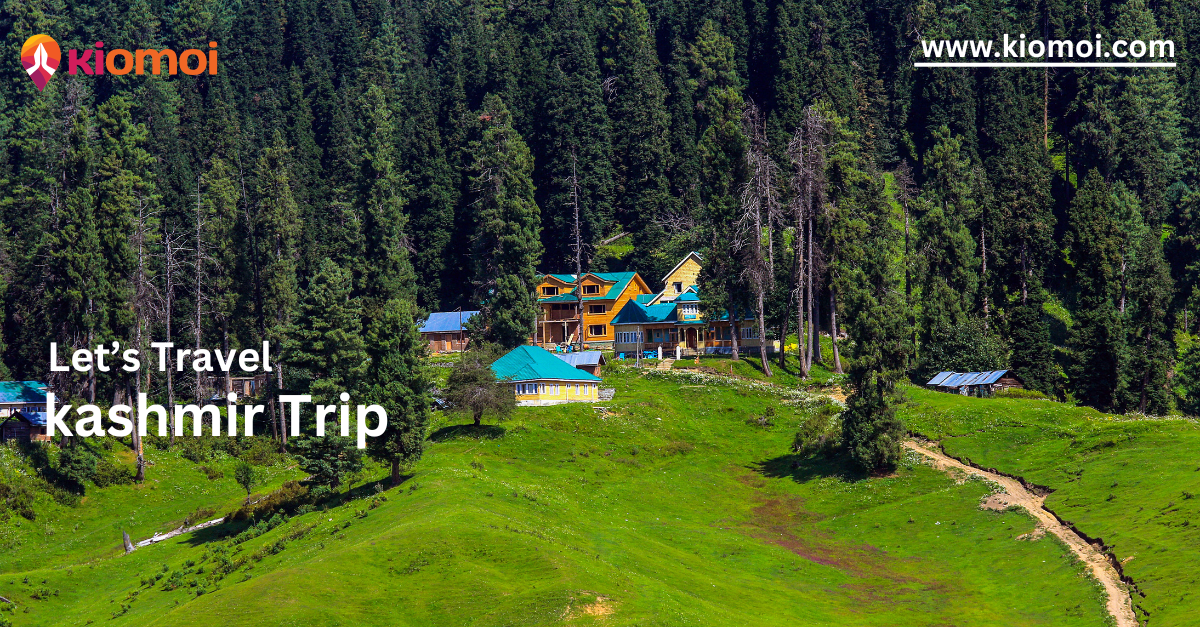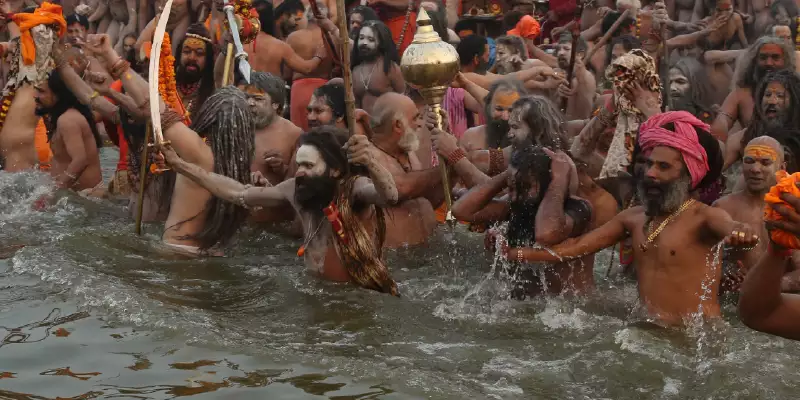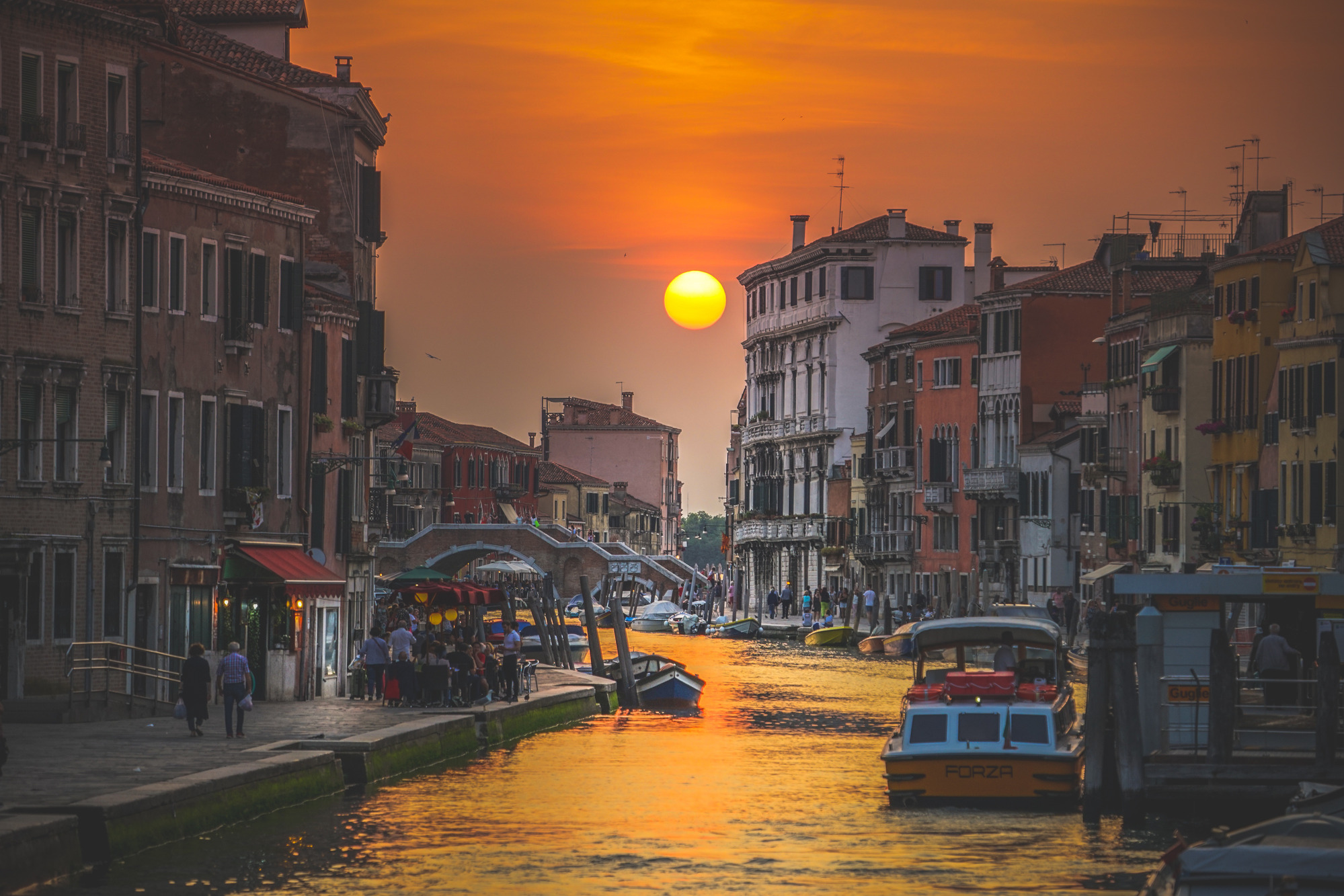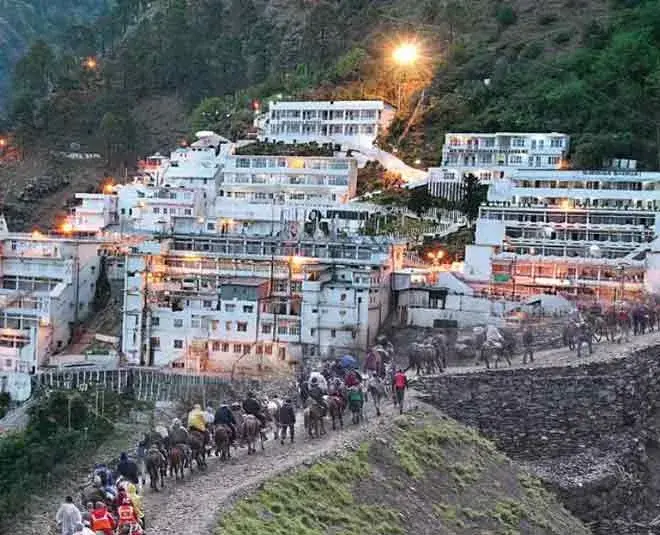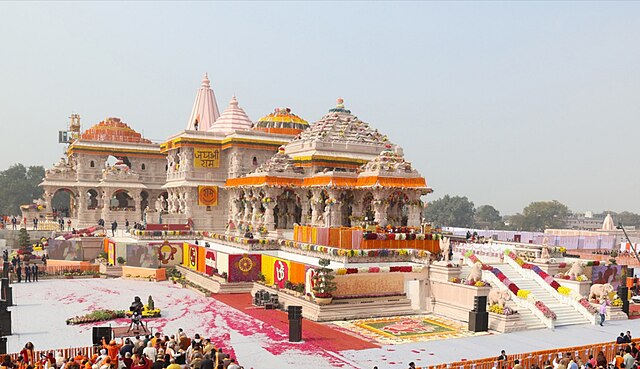 High-Converting Funnels – From Ad Click to Final Sale!
High-Converting Funnels – From Ad Click to Final Sale!
Here's how to spiti valley tour like a professional
Written by veer » Updated on: June 17th, 2025 228 views

This is Spiti Valley - located in the state of Himachal Pradesh, often called the "Middle Land" between India and Tibet. A rugged paradise for those looking to experience adventure, Spiti is famous for stark landscapes, ancient monasteries, and adventure opportunities like no other. It is every dream-traveler's destination. Here's a guide that lets you plan your visit to Spiti Valley tour like a pro and make it worth a visit.
Best Time to Visit Spiti Valley
Time of visit This is a big deciding factor when it comes to fully appreciating the beauty of Spiti.
Summer (May to September): This is ideal when traveling on a road trip as all the treks are accessible. The weather is warm and pleasant, with valleys also being accessible.
Winter (October to April): For those that adore adventure or those who seek snowy silence. Preparing for a temperature of -20°C and road closures.
Route Planning To reach Spiti
one does not just need planning but real planning. The two prominent routes include:
By Manali via Kunzum Pass: This road is shorter but steeper and better for more adventure-prone in the spirit types. It remains open only in summer.
Via Shimla via Kinnaur: this road is longer, however, and always open, so it's possible to acclimatize at higher altitudes gradually and prove less risky
For a real flavor of this experience, try doing it in a circle. Travel from Shimla by the Kinnaur route and return by Manali.
Select Travel
The roads of Spiti are not for the faint of heart; a reliable mode of transport is a must.
Self-Drive Cars or Bikes: For those who are looking for some adventure travel, one can take four-wheelers or bikes that can take the rough road.
Shared or Private Taxis: For groups or families seeking comfort, the best is a shared or private taxi.
Public Buses: Economical but more cumbersome. HRTC buses are available from many places to Spiti. Check your vehicle in good condition and always have extra fuel and spares with you if you are driving.
High Altitude Preparation
Spiti Valley is high-altitude place, at elevations of 3,000 to 4,500 meters. So, take precautions because you may experience altitude sickness:
Spend a day in a place at a lower altitude, like Shimla or Manali-to acclimatize.
Hydrate and avoid heavy exertions on the very first day.
Carry Diamox and, if needed, consult a doctor.
Book Comfortable Accommodation
Spiti offers various stays-from basic to luxurious:
Homestays: Experience the hospitality of the local villages in Kaza, Tabo, and Langza.
Hotels and Guesthouses: In major towns such as Kaza. Simple accommodation with breath-taking views.
Camping: For all the adventure lovers. You can camp around Chandratal Lake or even at Dhankar in those remote areas.
Book your accommodations well in advance. The peak season does get quite chaotic.
Make a Balanced Itinerary
A professional itinerary for the Spiti Valley, as follows:
Day 1: Reach either Shimla or Manali
Leave your comfort zones behind and acclimatize and prepare yourself.
Day 2-3: Explore Kinnaur - via Shimla or Rohtang Pass - via Manali
Scenic drive through Kalpa or Keylong
Day 4-6: Discover Spiti Valley
Kaza: Base to head out from. Visit the Key Monastery and Kibber village.
Langza, Hikkim, Komic: Famous for its fossils, worlds highest post office and pretty pretty villages
Tabo and Dhankar: Ancient monasteries with a view to spare
Chandratal Lake
Camp under a starry blanket by this beautiful crescent-shaped lake.
Day 8-9: Back to Places
Travel back through alternative route, to enjoy new landscapes
Must Not Miss Places
There are many natural and cultural tourism attractions in Spiti Valley. Do not forget to include the following in your must-visit list:
Key Monastery
A Tibetan Buddhist 1,000-year-old monastery.
Chandratal Lake
This is the turquoise lagoon among bare mountains.
Pin Valley National Park: Place where the snow leopard resides and rare flora lives.
Gue Mummy Village
Visit a 500-year old preserved mummy.
Pack like a Pro
Jolly good packing is very critical for trouble-free travel:
Apparels: Layered clothing, warm jacket, gloves, and woolen caps
Footwear: Sturdy trekking shoes for comfort
Equipment: A small first-aid kit, sunscreen, sunglasses, and a power bank in case the phone runs out
Paperwork: Permits if required and IDs with photographs
Taste Local Cuisine and Lifestyle
Try traditional Spitian dishes, Thukpa, Churpi soup, and Momos. Go to local festivals or interact with the residents to understand and learn about their particular lifestyle and way of living.
Stay Connected and Safe
Download offline maps since connectivity is poor.
Check the weather forecast, road conditions and water levels
Sanctify the local environment, implement eco-friendly habits
Note: IndiBlogHub features both user-submitted and editorial content. We do not verify third-party contributions. Read our Disclaimer and Privacy Policyfor details.
Copyright © 2019-2025 IndiBlogHub.com. All rights reserved. Hosted on DigitalOcean for fast, reliable performance.


